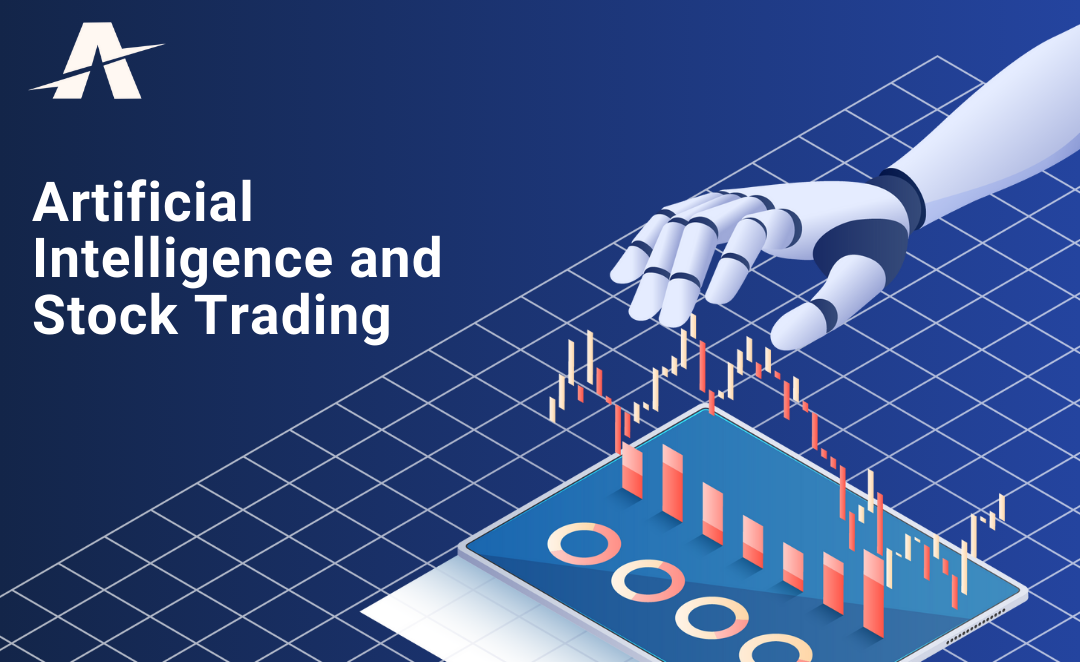20 Excellent Facts For Choosing Ai Stock Trading Sites
20 Excellent Facts For Choosing Ai Stock Trading Sites
Blog Article
Top 10 Ways To Assess The Market Coverage Offered By Ai-Based Stock Predicting/Analyzing Platforms
When evaluating AI trading platforms that predict/analyze the market, coverage of the stock is a crucial aspect to take into consideration. It determines which assets and markets are readily available. Platforms with a broad market coverage permit you to diversify your portfolio and explore opportunities across the globe as well as adapt to a variety of trading strategies. Here are the top 10 suggestions to evaluate the market coverage offered by these platforms:
1. Evaluate Supported Asset Classes
Stocks: Ensure your platform supports major stock exchanges, including NYSE, NASDAQ LSE and HKEX and includes mid, small and large-cap stocks.
ETFs - Check to see the platform you use supports an extensive selection of ETFs offering exposure in many various sectors, regions, or themes.
Futures and options. Make sure the platform has derivatives such as options, futures, and other instruments leveraged.
Commodities and Forex: Determine whether the platform has currency pairs and precious metals, energy commodities, as well as agricultural commodities.
Cryptocurrencies: Make sure the platform supports major cryptocurrencies (e.g., Bitcoin, Ethereum) and altcoins.
2. Make sure you check the area of coverage
Global markets: Make sure the platform includes major global markets such as North America, Europe and Asia-Pacific.
Regional focus: Check whether the platform is focused on certain markets or regions that match your trading preferences.
Local exchanges - Examine to see if there are local or regional exchanges that relate to your location and strategy.
3. Assess Real-Time against. Data that is delayed
Real-time data: Ensure the platform is able to provide real-time market information to allow for quick decision-making, particularly for active trading.
Data that is delayed - Determine if delayed data is free or available at a cheaper price. This could be enough for investors looking to invest for the long term.
Data latency: Check whether the platform reduces latency for real-time data feeds especially for high-frequency trading.
4. Evaluation of Data from the Past
The depth of historical data: Verify that the platform offers extensive data (e.g. more than 10 years old) to test backtesting.
Granularity: Verify whether the historical data include intraday granularity, as well as daily, weekly and monthly.
Corporate actions: Find out if the historical data includes stock splits and dividends.
5. Review market depth and order data
For a better price discovery experience, ensure that the platform includes Level 2 data.
Check the bid-ask ranges to ensure accurate pricing.
Volume data: Make sure that the platform has detailed volume data for analyzing liquidity and market activity.
6. Examine the coverage of Indices and Sectors
Major indices - Ensure your platform is compatible with major indices like the S&P 500 (e.g. NASDAQ 100 or FTSE 100), for benchmarking using indexes.
Sector-specific data: Determine if your platform is able to provide data specifically for certain industries (e.g. healthcare, technology and energy) to allow targeted analyses.
Custom indices. Determine if your platform permits you to create and track custom indexes on the criteria that you specify.
7. Assess the Integration of News and Sentiment Data
News feeds : Ensure that you have a platform that allows live news feeds. Ideally, they should come from reliable media sources (e.g. Bloomberg and Reuters) to cover the most important market occasions.
Check the sentiment analysis tool on the platform based on data from social media, news or other sources.
Event-driven strategies: Determine whether the platform is compatible with event-driven trading strategies (e.g., earnings announcements, economic reports, etc.).
8. Verify Multi-Market Trading Capability
Cross-market Trading: Make sure that the platform you are using allows traders to trade across a variety of asset classes and markets from a unified interface.
Verify that the platform supports multicurrency accounts and currency conversions for international trading.
Support for different time zones It is important to ensure that your platform is able to trade on global markets in various time zones.
9. Review the coverage of other sources
Alternate data sources: To gain unique insights, verify if the platform is able to incorporate other data sources.
ESG data. Check if the platform is stocked with environmental, socio-economic, and governance data for socially responsible investing.
Macroeconomic data: Make sure the platform provides macroeconomic indicators (e.g. GDP, inflation, interest rates) to conduct a fundamental analysis.
Review user feedback and market reputation
Feedback from users is an excellent method to assess the market the platform's coverage.
Reputation of the industry Check whether there are awards or experts who recognize the platform's broad coverage of markets.
Case studies: Seek out cases studies or testimonials that highlight the platform's performance in particular markets or asset classes.
Bonus Tips
Trial period for free: Test the coverage in the marketplace of the platform and the quality of its data with a demo or free trial.
API access Check if the API of the platform allows custom analysis with market data.
Customer Support: Make sure that the platform is able to offer support for any market-related issues or data issues.
By following these tips, you can effectively assess the market coverage offered by AI trading platforms that predict or analyze stocks, ensuring you choose a platform that provides access to the markets and information you need for a successful trading. Market coverage is essential to diversify portfolios, discover new opportunities, and adjust to market conditions. Read the most popular coincheckup recommendations for site examples including ai investing app, copyright ai trading bot, ai stock picks, stock ai, ai stock picks, free ai tool for stock market india, best ai trading app, ai for investing, ai hedge fund outperforms market, best stock analysis app and more.
Top 10 Tips To Evaluate The Maintenance And Updates Of Ai Stock Predicting/Analyzing Platforms
To ensure that AI-driven platforms for stock predictions as well as trading safe and effective it is crucial to ensure that they are updated regularly. Here are 10 suggestions on how to evaluate their update and maintenance practices:
1. Updates frequency
Find out the frequency of updates on your platform (e.g. monthly, weekly or even quarterly).
Why are updates frequent? They indicate an active and flexible development, as well as a willingness to respond to market trends.
2. Transparency and Release Notes
Read the release notes on your platform to find out what improvements and modifications were made.
Why: Transparent release notes demonstrate the platform's commitment to continuous improvements.
3. AI Model Retraining Schedule
Tip: Ask how often AI models are trained on new data.
Why: As markets change and models change, they must adapt in order to stay accurate and relevant.
4. Correction of bugs and issues
Tips - Check the speed at which the platform resolves bugs and technical issues.
Reason: Rapid bug fixes help ensure the reliability of the platform and its functionality.
5. Updates to Security
Tips: Check if the platform frequently updates its security protocols to protect user data and trading activities.
The reason: Cybersecurity is essential in financial platforms to stop fraudulent activities and breaches.
6. Integration of New Features
Tip: See the latest features introduced by the platform (e.g. advanced analytics or data sources, etc.) in response to feedback from users or market trends.
Why: Features updates demonstrate creativity, responsiveness to user requirements and innovation.
7. Backward Compatibility
Tips: Ensure that updates don't disrupt existing functionality or require major configuration.
What's the reason? The backward compatibility of the software makes sure that the software can be used with ease.
8. Communication with Users During Maintenance
Take a look at the method by the way your platform informs users of scheduled maintenance or outages.
Why? Clear communication builds trust and reduces the chance of disruptions.
9. Performance Monitoring and Optimization
Tip: Verify that the platform is constantly monitoring the performance metrics like accuracy or latency and then optimizes their platforms.
The reason: Continuous improvement ensures that the platform is effective and expandable.
10. The compliance with regulatory Changes
Verify if the platform updated its features and policies in order to be compliant with any recent data legislation or regulations regarding financial transactions.
Why is it important to comply with regulations in order to minimize legal risk and keep trust among users.
Bonus Tip! User Feedback is incorporated into the program.
Verify that maintenance and updates are based on feedback from users. This shows a method that is based on feedback from users and a commitment to improving.
When you look at these factors, you can ensure that the AI trade prediction and stock trading platform you choose is well-maintained, up-to-date, and able to adapt to changing market dynamics. Follow the top get more information on best stock analysis app for blog info including best stock analysis website, ai investing app, ai for investing, best stock advisor, incite, ai for trading, trading chart ai, stock market software, best ai stock trading bot free, chart ai trading and more.